PhD Project Areas
Below is a set of 20 broad research areas – these research areas are an indication of research which is currently being undertaken at the Franklin, and where the project leads believe there is scope for a PhD project. Each describes a selection of scientists associated with the project which begins with a project coordinator, followed by a project description and key subject areas which the project will cover.

Cellular Compartmentalisation and Condensate Formation from Biology to Physical-Chemistry

Cell-Cell Interactions

Defining how Cells and Pathogens Interact
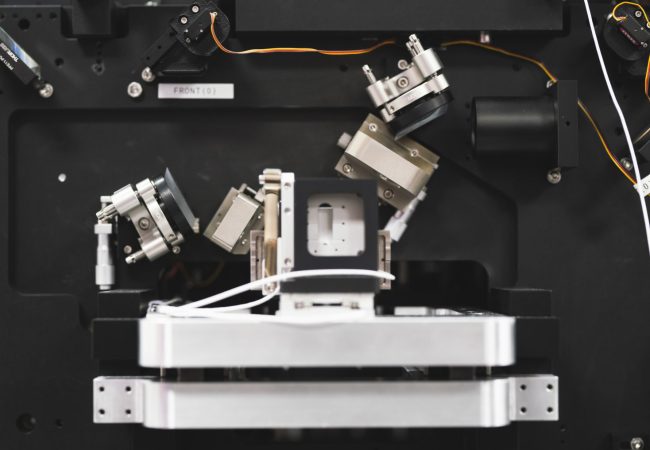
Coincidental Lattice Light Sheet Microscopy and Structured Illumination Microscopy for quantitative tissue, cellular and biomolecular dynamics

Electron Ptychography and Phase Retrieval in Electron Microscopy

Liquid Phase Electron Microscopy for Cellular Ultrastructure, Biochemistry and Dynamics
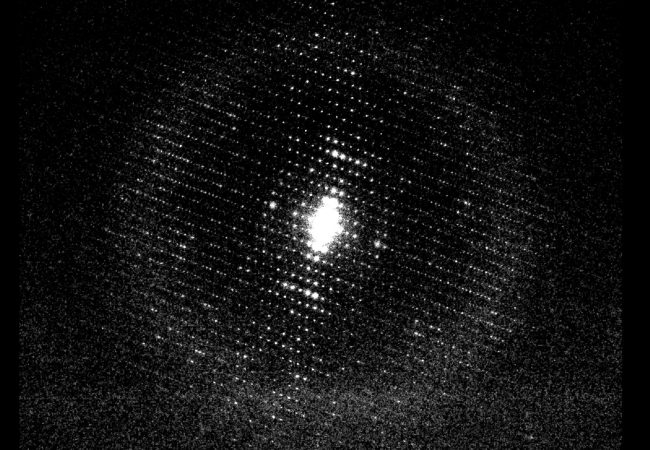
Electron Diffraction Based Methods of Structure Elucidation

Damage Reduction using Alternative Scanning Methods in Electron Microscopy
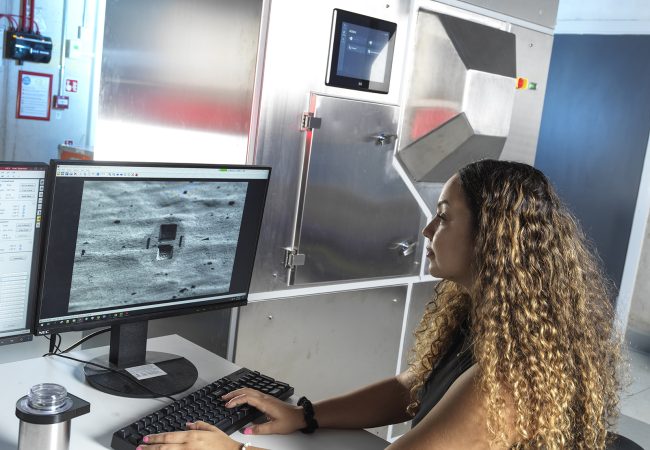
Cryogenic electron imaging for investigating the molecular sociology within cells and tissues
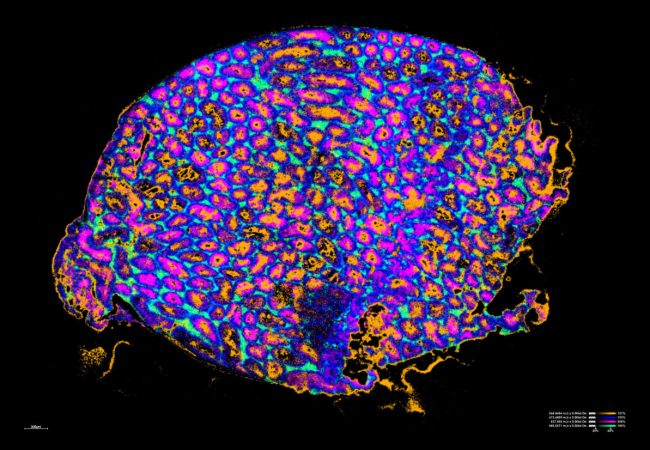
New tools for analysis of new drug modalities: Native ambient mass spectrometry of novel large molecule drugs
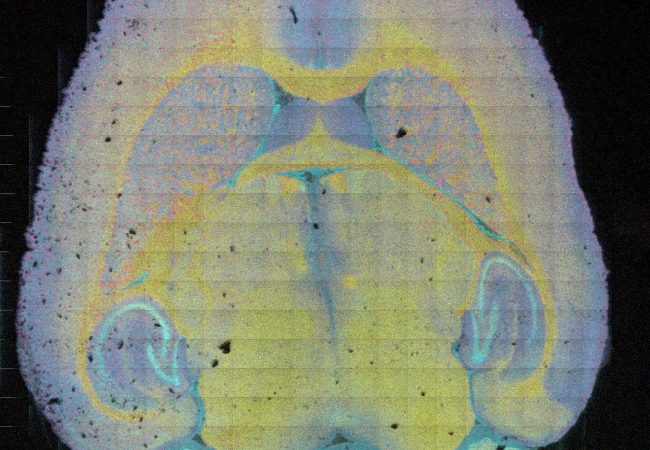
Imaging neurodegeneration using mass spectrometry to understand the mechanisms of disease in the brain
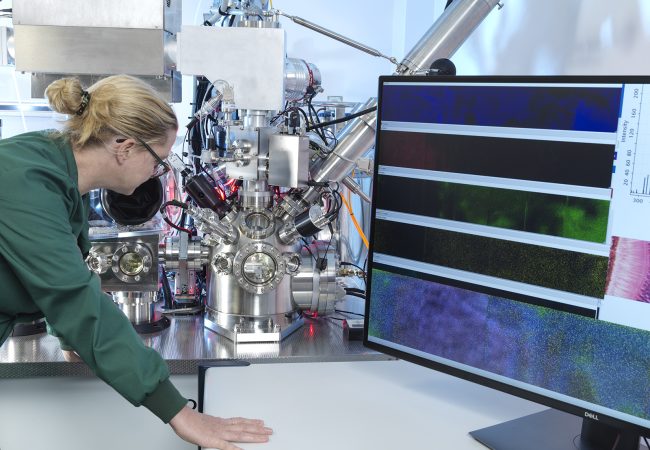
Dissecting the sugar-code in situ
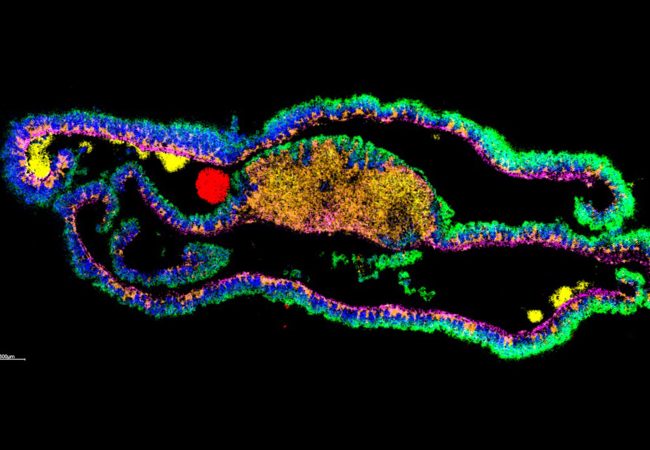
Chemical Biology

Developing biocompatible chemistries

Biophysics, Spectroscopy and Spectrometry

High Throughput discovery and molecular informatics

Image Analysis

Biological Data Science
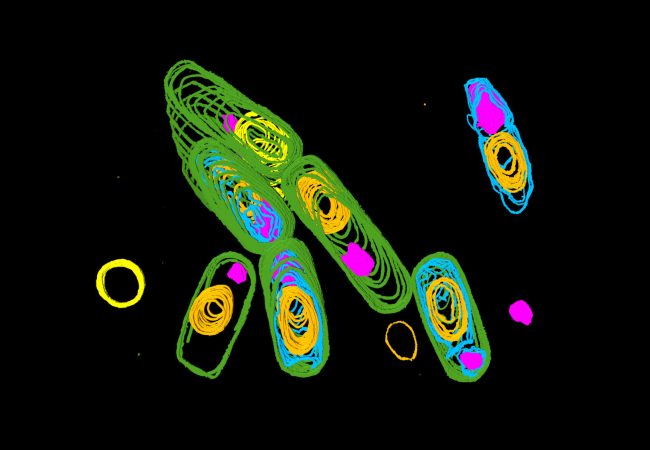
Experimental Artificial Intelligence


